Spotting rare and exotic animals is a thrill for nature enthusiasts, but some creatures are so elusive that catching a glimpse of them feels like winning the wildlife lottery. Their unique adaptations and remote habitats make them nearly impossible to spot, turning them into legends of the animal kingdom. From the dense rainforests to the deep oceans, these creatures thrive far from the gaze of most humans.
1. The Elusive Snow Leopard
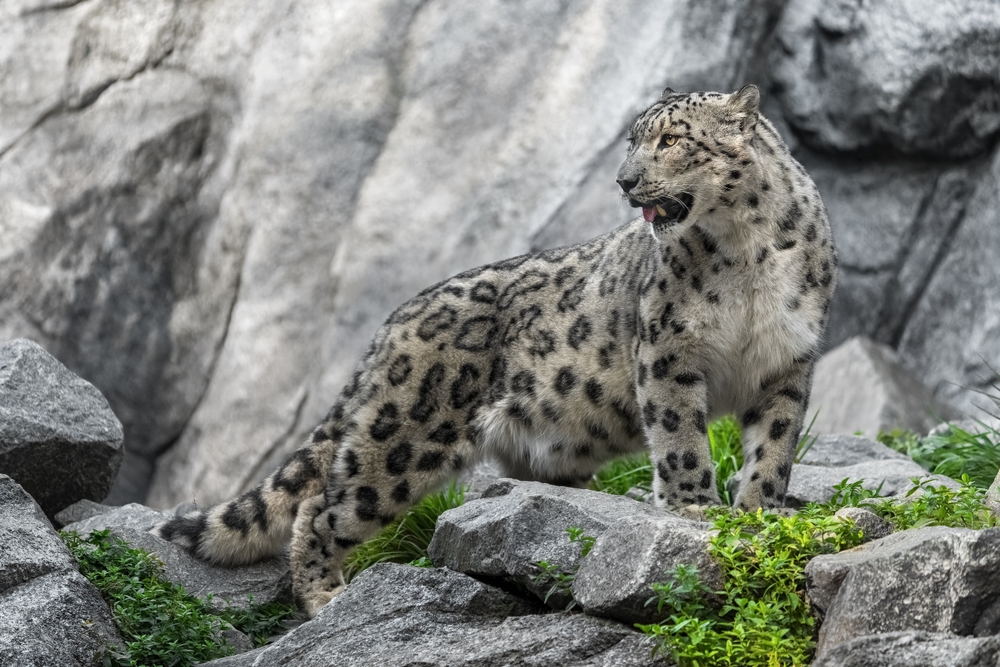
The snow leopard, often dubbed the “ghost of the mountains,” is a master of stealth. Living in the rugged terrains of Central Asia, these big cats are perfectly adapted to their harsh environment. Their thick, grey fur with black rosettes blends seamlessly with the rocky landscape, making them extremely difficult to spot. Snow leopards are solitary animals, roaming vast territories alone, and are generally active during dusk and dawn. Adding to their mystery, these cats are also quite shy, avoiding human contact whenever possible, contributing to their elusive reputation.
2. The Shy Okapi
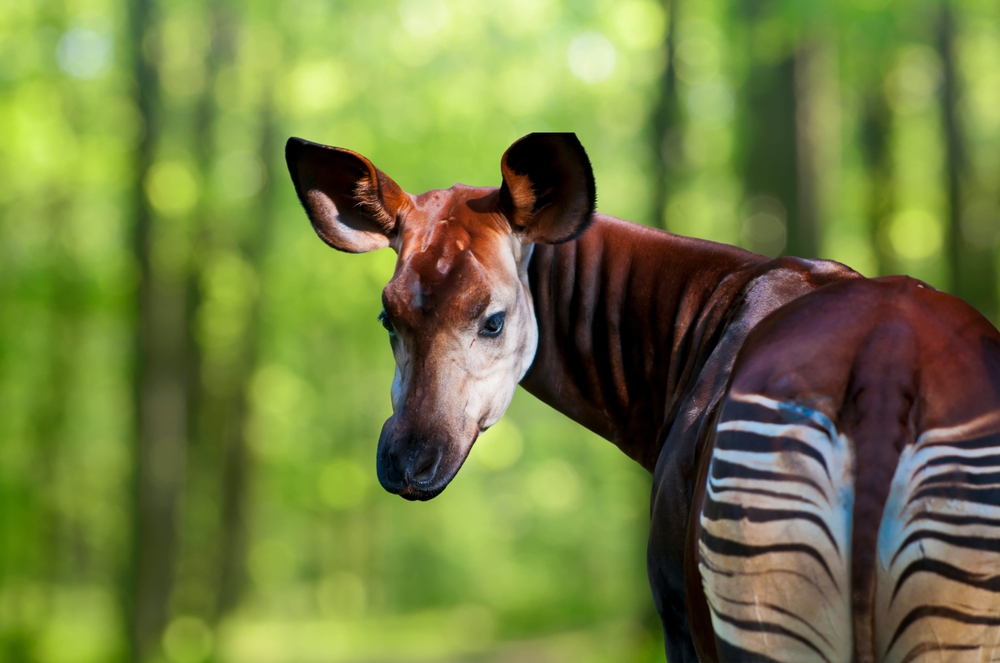
Residing in the dense rainforests of the Democratic Republic of the Congo, the okapi is a creature shrouded in mystery. Often mistaken for a zebra due to its striped legs, this animal is actually a relative of the giraffe. Okapis have large ears, which they use to detect even the faintest sounds in their environment, allowing them to remain hidden from predators and humans alike. Their reclusive nature and the dense jungle they inhabit make sightings incredibly rare, often only possible through camera traps and patient observation.
3. The Enigmatic Aye-Aye
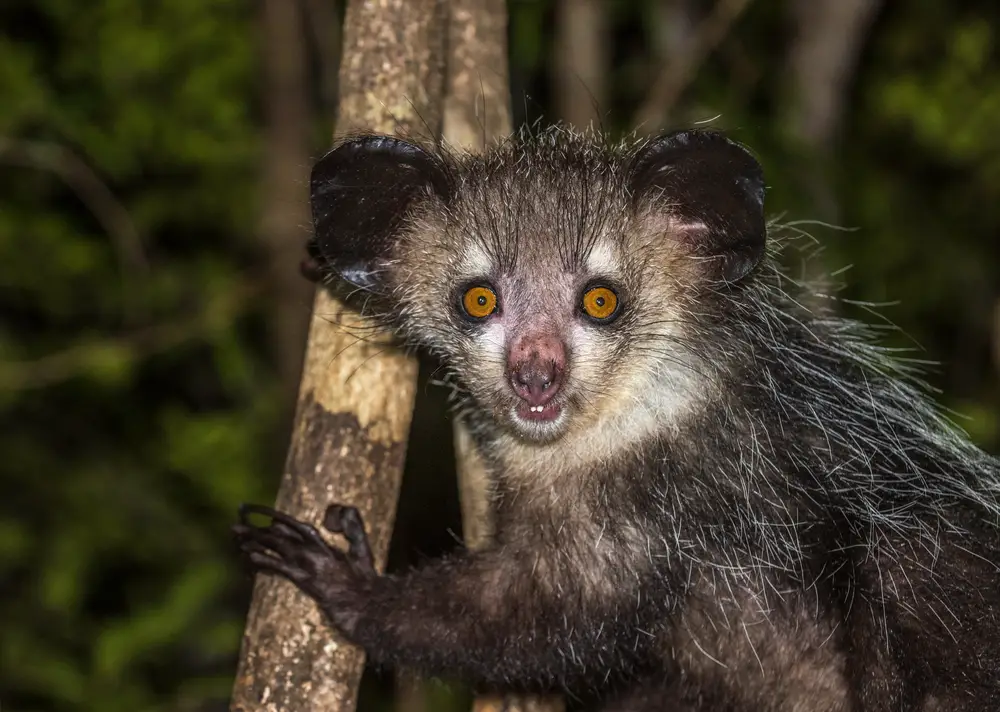
The aye-aye, a nocturnal lemur found only in Madagascar, is both fascinating and elusive. With its large eyes, bushy tail, and unique skeletal middle finger, this creature is the stuff of legends. Aye-ayes are known for their unusual method of finding food: tapping on trees to locate insect larvae and then gnawing holes to extract them. Their nocturnal habits and preference for high treetops in dense forests make sightings uncommon. Despite their eerie appearance, aye-ayes are harmless yet remain a symbol of mystery in Madagascar.
4. The Rare Saola
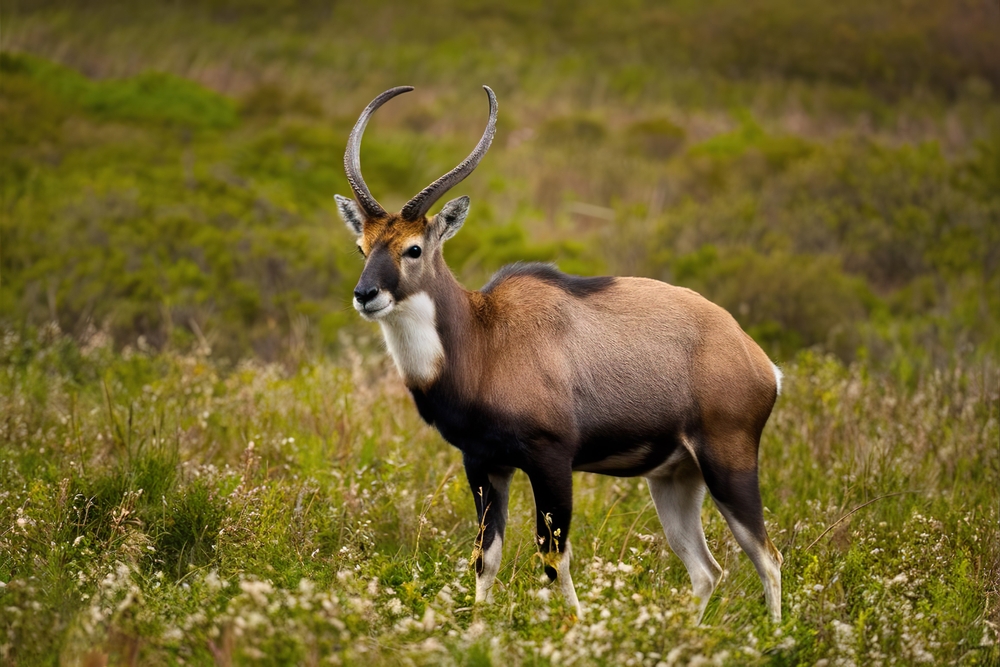
Dubbed the “Asian unicorn,” the saola is one of the world’s rarest mammals. Discovered in Vietnam only in 1992, this antelope-like creature lives in the Annamite Mountains’ remote forested regions. Saolas are shy, secretive, and rarely seen in the wild, mostly known through camera trap footage. Their elusive nature is compounded by their declining population, threatened by habitat loss and hunting. Conservationists work tirelessly to study and protect these enigmatic creatures, but for now, they remain one of the world’s most rarely sighted animals.
5. The Mysterious Kakapo
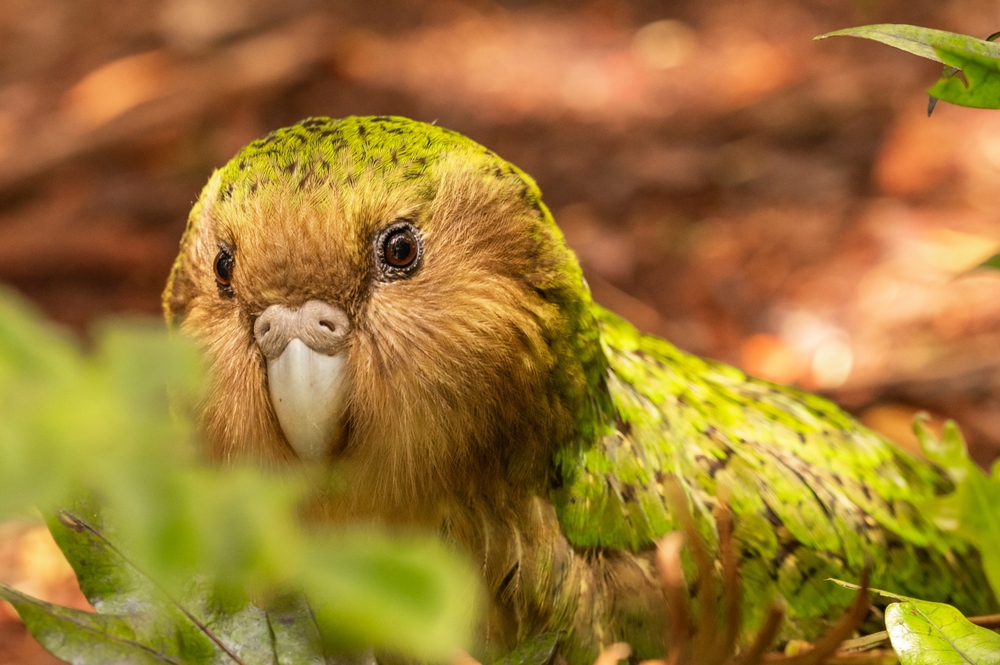
New Zealand’s kakapo, also known as the “owl parrot,” is a flightless bird with a peculiar charm. As the world’s only nocturnal and flightless parrot, kakapos are solitary, with each bird having its territory. Their mossy green feathers provide excellent camouflage against the forest floor, while their secretive behavior makes them difficult to locate. These birds are critically endangered, with conservation efforts in place to monitor their dwindling population. Despite their rarity, kakapos have captured the fascination of bird enthusiasts worldwide due to their unique characteristics.
6. The Cryptic Giant Squid
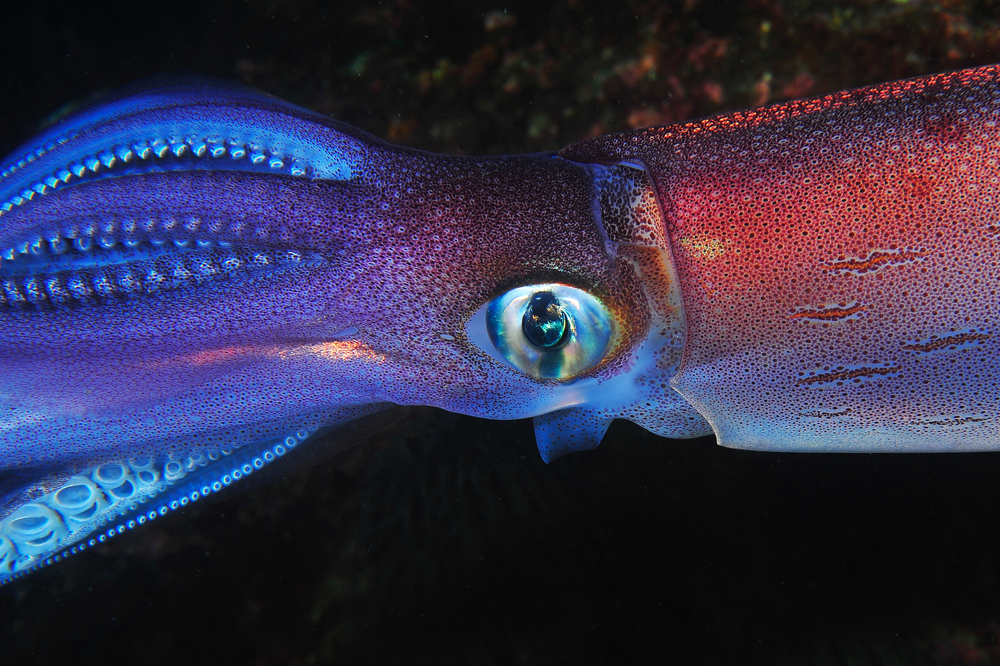
Dwelling in the dark depths of the ocean, the giant squid is a creature of legend and mystery. Known to grow up to 43 feet long, these elusive cephalopods are rarely seen in their natural habitat. Most knowledge of them comes from carcasses that wash ashore or deep-sea expeditions. Giant squids are equipped with large eyes to navigate the ocean’s abyssal zones and are thought to be solitary hunters. Their inaccessibility and mysterious lifestyle continue to intrigue marine biologists and the general public alike.
7. The Secretive Pangolin
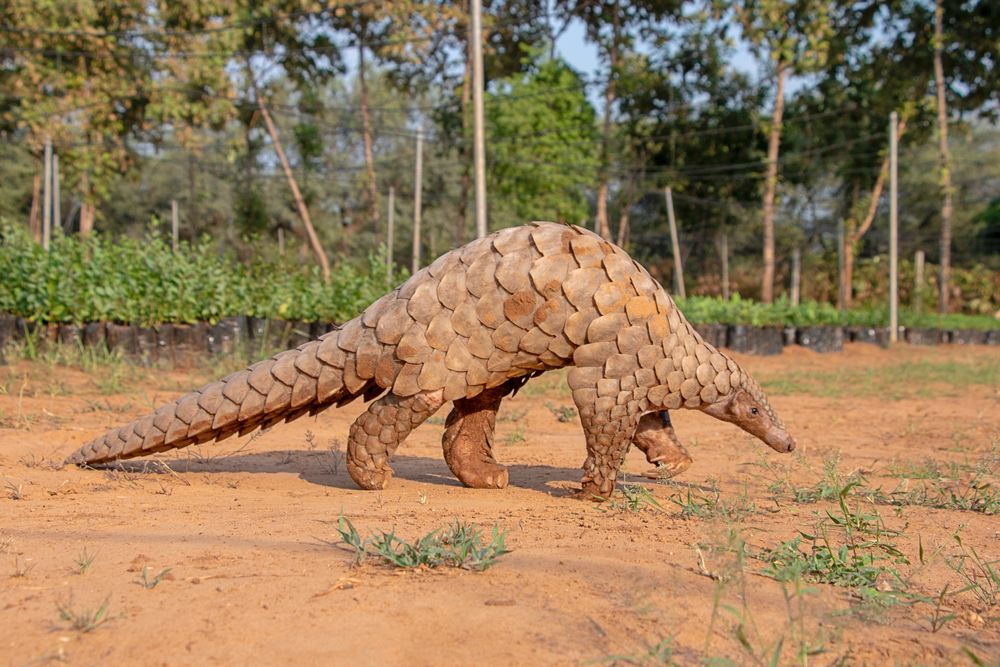
Pangolins, often referred to as “scaly anteaters,” are found in parts of Africa and Asia. These nocturnal creatures are known for their protective keratin scales and ability to curl up into a ball when threatened. Pangolins are solitary and highly elusive, spending most of their time in burrows or foraging for ants and termites at night. Unfortunately, they are also the most trafficked mammals globally, making conservation efforts crucial. Despite their plight, pangolins remain a rarely spotted marvel in the wild.
8. The Elusive Narwhal
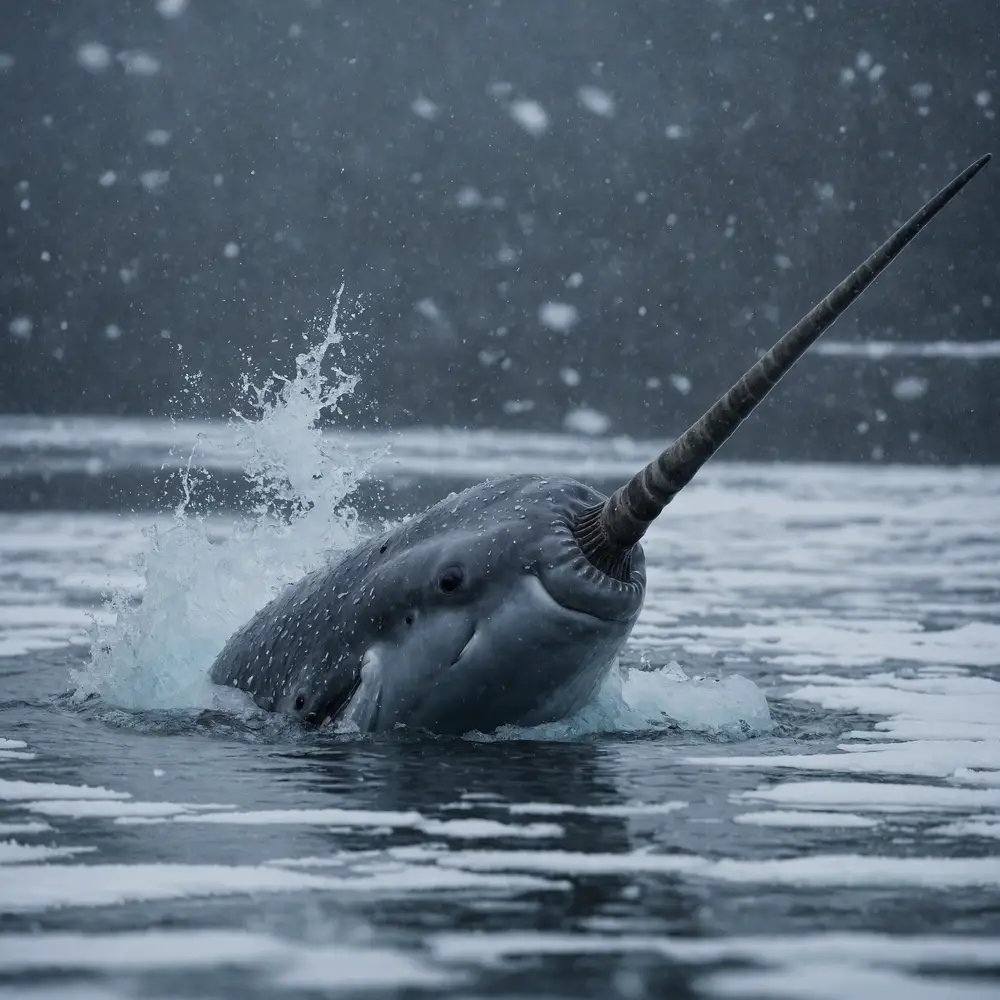
Often referred to as the “unicorn of the sea,” the narwhal is known for its long, spiral tusk, which is actually an elongated tooth. These arctic-dwelling whales are highly elusive and rarely seen in the wild due to their remote habitat in the icy waters off Canada and Greenland. Narwhals are social animals, traveling in pods, but their underwater lifestyle and the harsh environment they inhabit make them difficult to observe. Scientists continue to study these mysterious creatures to understand more about their behavior and ecology.
9. The Unseen Javan Rhino
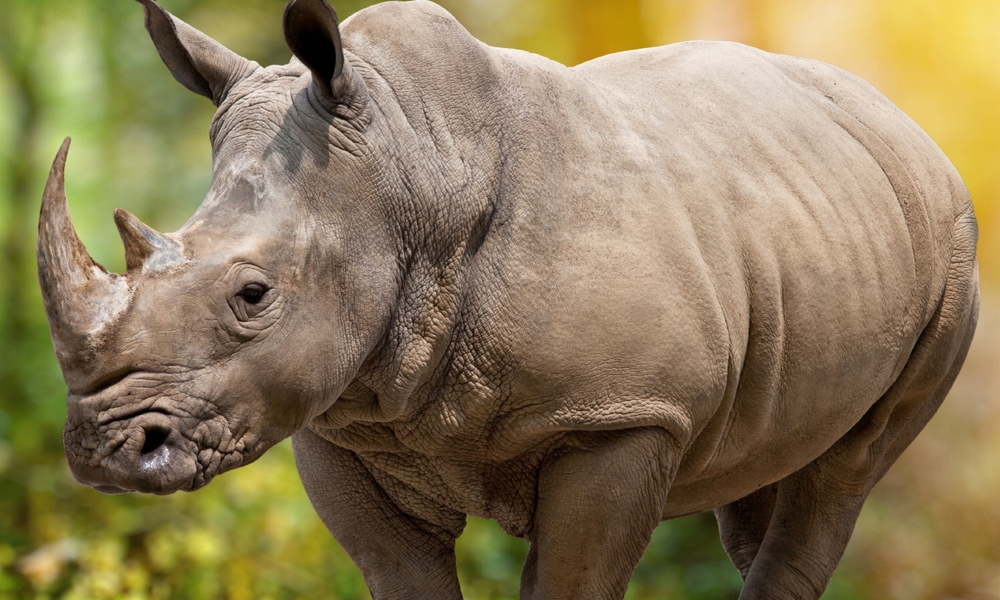
The Javan rhino is among the world’s rarest large mammals, with only around 70 individuals left in the wild. These rhinos inhabit the dense tropical forests of Indonesia’s Ujung Kulon National Park, where their shy nature and thick vegetation make them incredibly hard to spot. Javan rhinos are solitary and prefer to avoid humans, with most sightings captured through camera traps. Conservation efforts are critical for their survival, yet spotting a Javan rhino remains one of the rarest wildlife encounters possible.
10. The Elusive Andean Mountain Cat

The Andean mountain cat, native to the high Andes mountains, is one of the least known and rarest wild cats in the world. It inhabits remote areas at altitudes of 3,000 to 5,000 meters, where extreme weather and rugged terrain deter human presence. These solitary cats have thick, striped fur that camouflages them against rocky landscapes. Their elusive nature and preference for harsh environments mean they are rarely observed by humans, with most knowledge about them coming from camera trap images and occasional sightings by local herders.
11. The Rare Vaquita
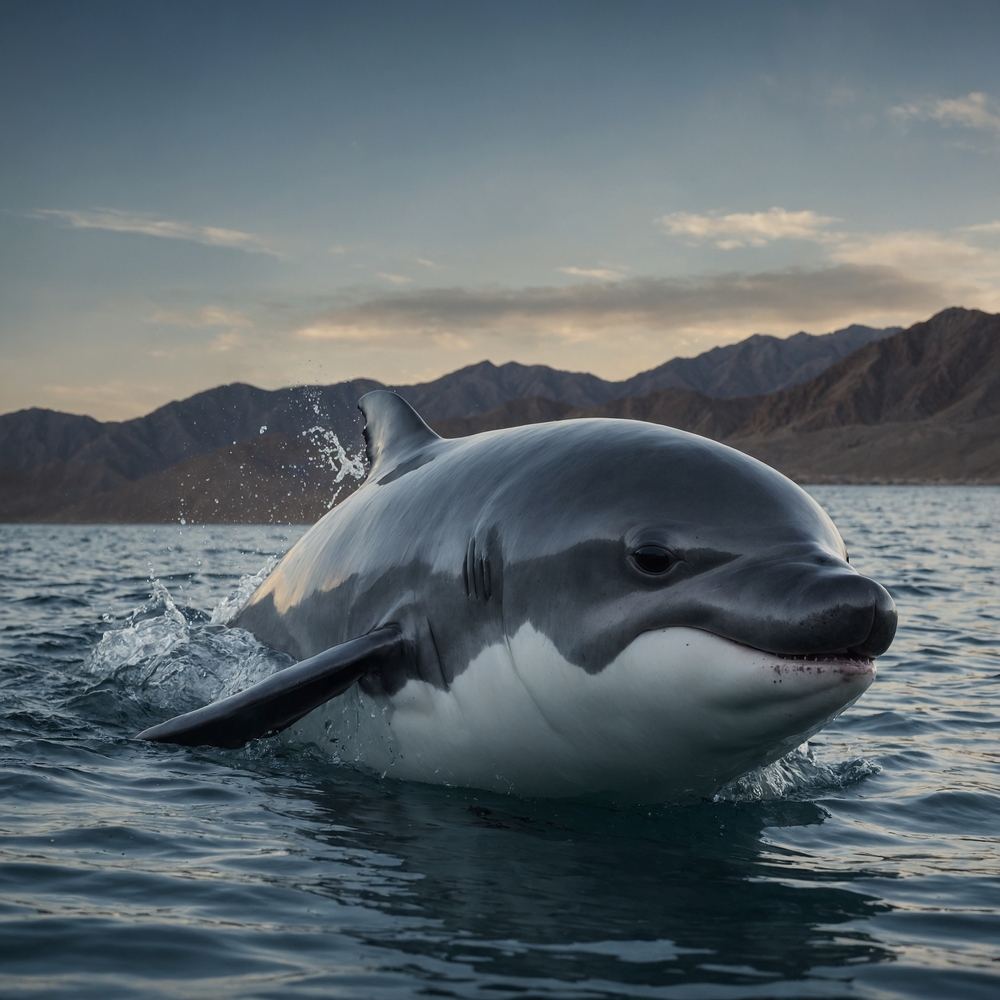
The vaquita, a small porpoise, is the world’s most endangered marine mammal, with an estimated population of fewer than 10 individuals remaining. Found only in the northern part of Mexico’s Gulf of California, vaquitas are shy and elusive, making them incredibly hard to spot. Their small size and preference for shallow, turbid waters add to the challenge of observing them. Conservationists are racing against time to save the vaquita from extinction, yet seeing one in the wild remains an almost impossible feat.
12. The Mysterious Philippine Eagle
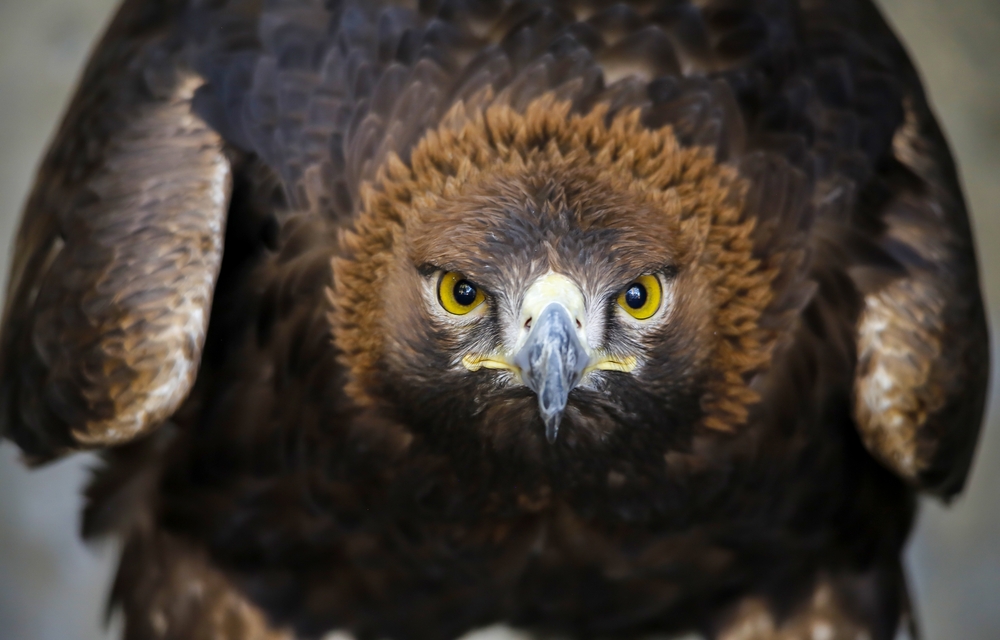
The Philippine eagle, also known as the “monkey-eating eagle,” is one of the world’s largest and rarest birds of prey. Endemic to the Philippines, it inhabits the lush tropical forests of several islands. With a wingspan that can reach over seven feet, it’s a majestic but elusive bird. Philippine eagles are solitary and prefer dense canopies, making sightings rare and challenging. Deforestation and hunting have severely threatened their population, and while conservation efforts are underway, encountering this apex predator in its natural habitat is a rare privilege.
13. The Secretive Sunda Clouded Leopard
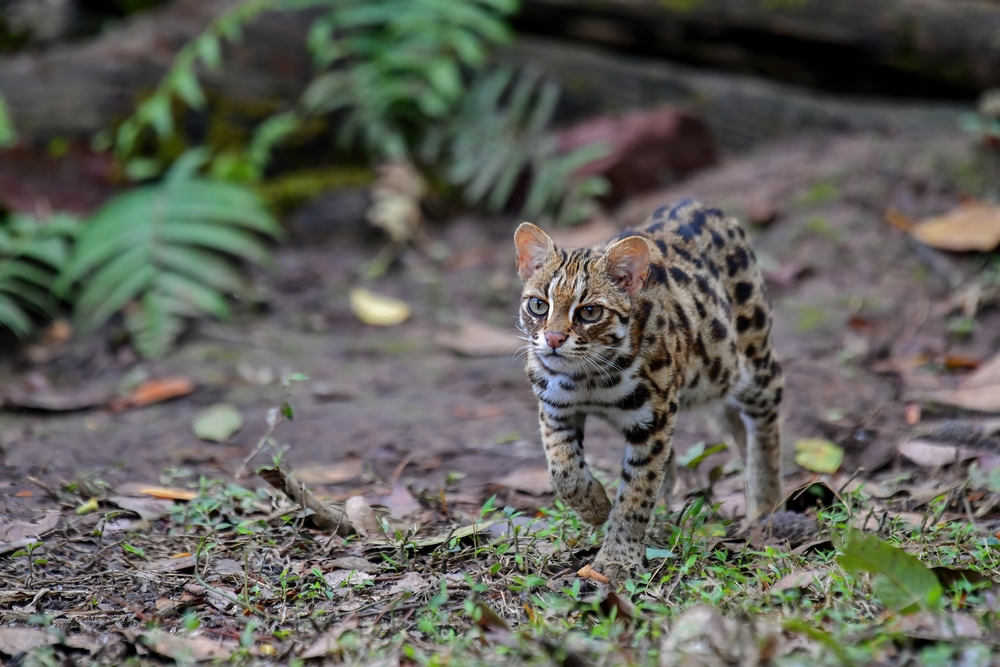
The Sunda clouded leopard, native to the islands of Borneo and Sumatra, is a master of secrecy. These cats are known for their striking cloud-like coat patterns, which provide excellent camouflage in the dense rainforest. Sunda clouded leopards are solitary and elusive, mostly active at night, and prefer staying hidden in the forest canopy. Their elusive nature and fragmented habitat make them challenging to study and observe, with most information about them coming from camera traps and rare encounters by wildlife researchers.
